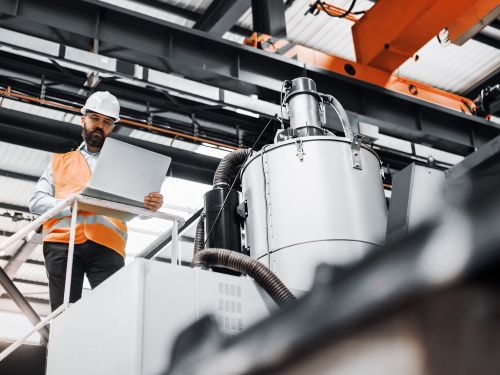Quality assurance at the traditional Steinhauser distillery: Fit for Industry 4.0 thanks to ifm
Video report
In 1996, Steinhauser renewed itself and now operates the technically most advanced capping distillery in Europe that has been using sensors and the moneo software for monitoring and support since 2021. Quality assurance is thus ideally monitored and supported to maintain the high standard of the award-winning products.


